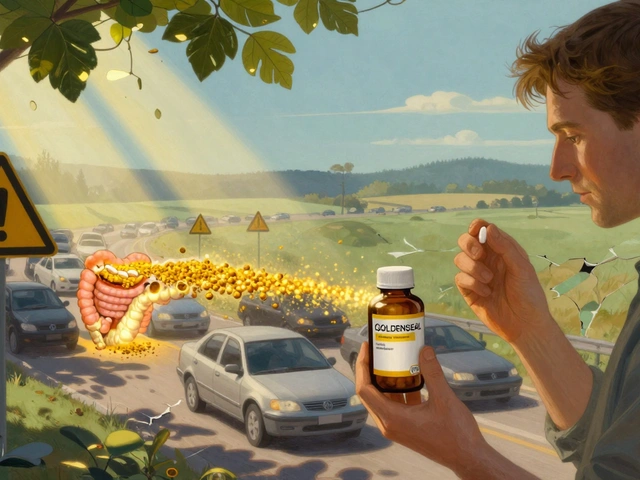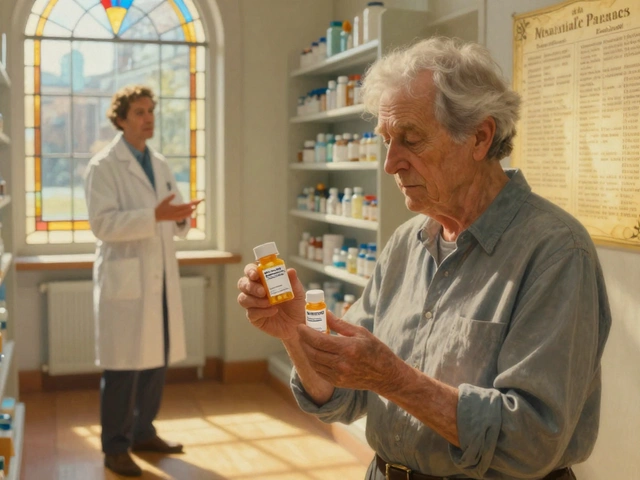Cyclosporine Monitoring: What You Need to Know About Blood Levels and Safety
When you’re taking cyclosporine, a powerful immunosuppressant used after organ transplants to prevent rejection. Also known as CsA, it’s not a drug you can just take and forget. Getting the dose right isn’t guesswork—it’s science, and that science depends on regular cyclosporine monitoring, the process of measuring how much of the drug is in your bloodstream. Too little, and your body might attack the new organ. Too much, and you risk serious damage to your kidneys, liver, or nerves.
This isn’t just about the drug itself. cyclosporine blood levels, the specific concentration measured in nanograms per milliliter. vary wildly from person to person. One person might need 150 ng/mL to stay stable, while another needs 250 ng/mL. That’s why your doctor doesn’t rely on a standard dose. They track your levels every few weeks at first, then adjust based on how your body responds. What you eat, what other meds you take—even grapefruit juice—can throw those numbers off. Drugs like ketoconazole or erythromycin can spike cyclosporine levels, while rifampin or St. John’s wort can drop them dangerously low. These interactions aren’t theoretical. They’ve sent people back to the hospital.
And it’s not just about avoiding toxicity. Long-term use of cyclosporine can lead to high blood pressure, tremors, or even kidney scarring. That’s why monitoring isn’t just a one-time check—it’s a lifelong habit for transplant patients. Your care team uses those numbers to balance two goals: keeping your immune system quiet enough to protect the transplant, but not so quiet that you’re vulnerable to infections or cancer. Some patients get lucky and stabilize quickly. Others need dozens of tests over months before the right level is found. There’s no shortcut. The data from each blood draw tells your doctor whether to increase, decrease, or hold the dose.
If you’re on cyclosporine, you’re not alone. Thousands of kidney, liver, and heart transplant recipients rely on this drug every day. But success isn’t about the pill—it’s about the pattern of testing, the timing of doses, and the communication with your care team. The posts below show real cases where people faced side effects, drug clashes, or missed tests—and what they learned from it. You’ll find practical advice on how to track your levels, what symptoms to watch for, and how to talk to your pharmacist about interactions. This isn’t theory. It’s what keeps people alive.

Cyclosporine Nephrotoxicity: How to Monitor Kidney Function and Drug Levels Effectively
Cyclosporine is critical for transplant patients but can damage kidneys if not carefully monitored. Learn how to track drug levels, recognize early signs of nephrotoxicity, and avoid dangerous drug interactions to protect your transplant long-term.
Read More




